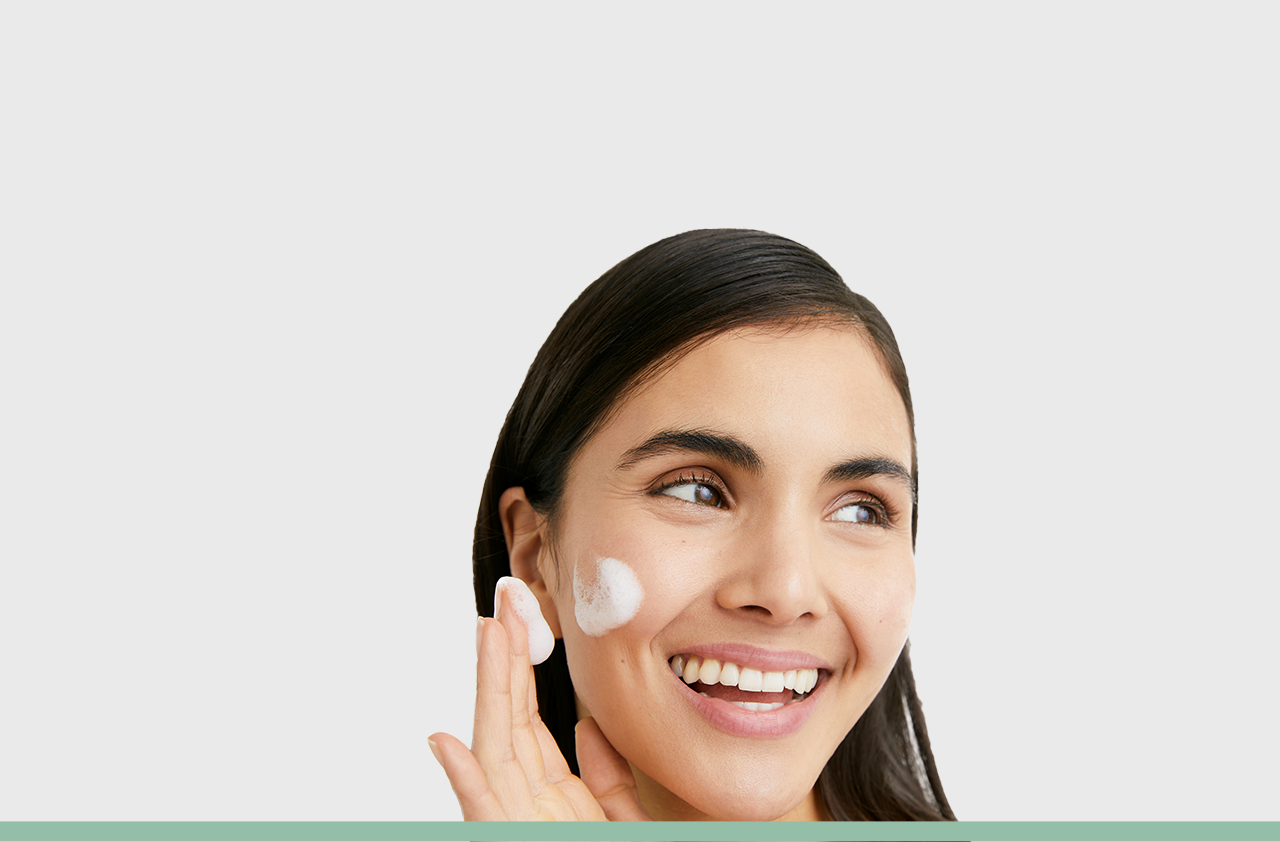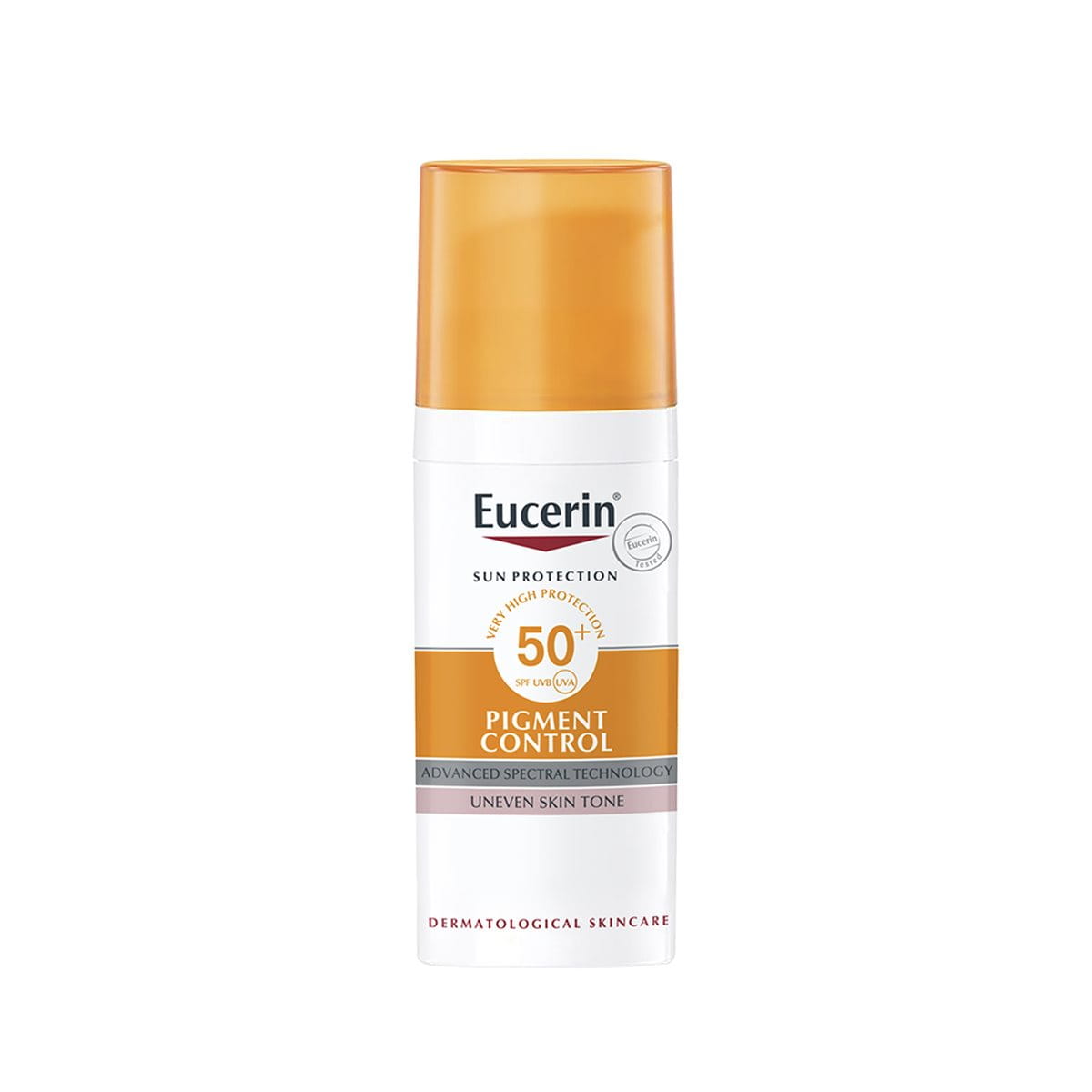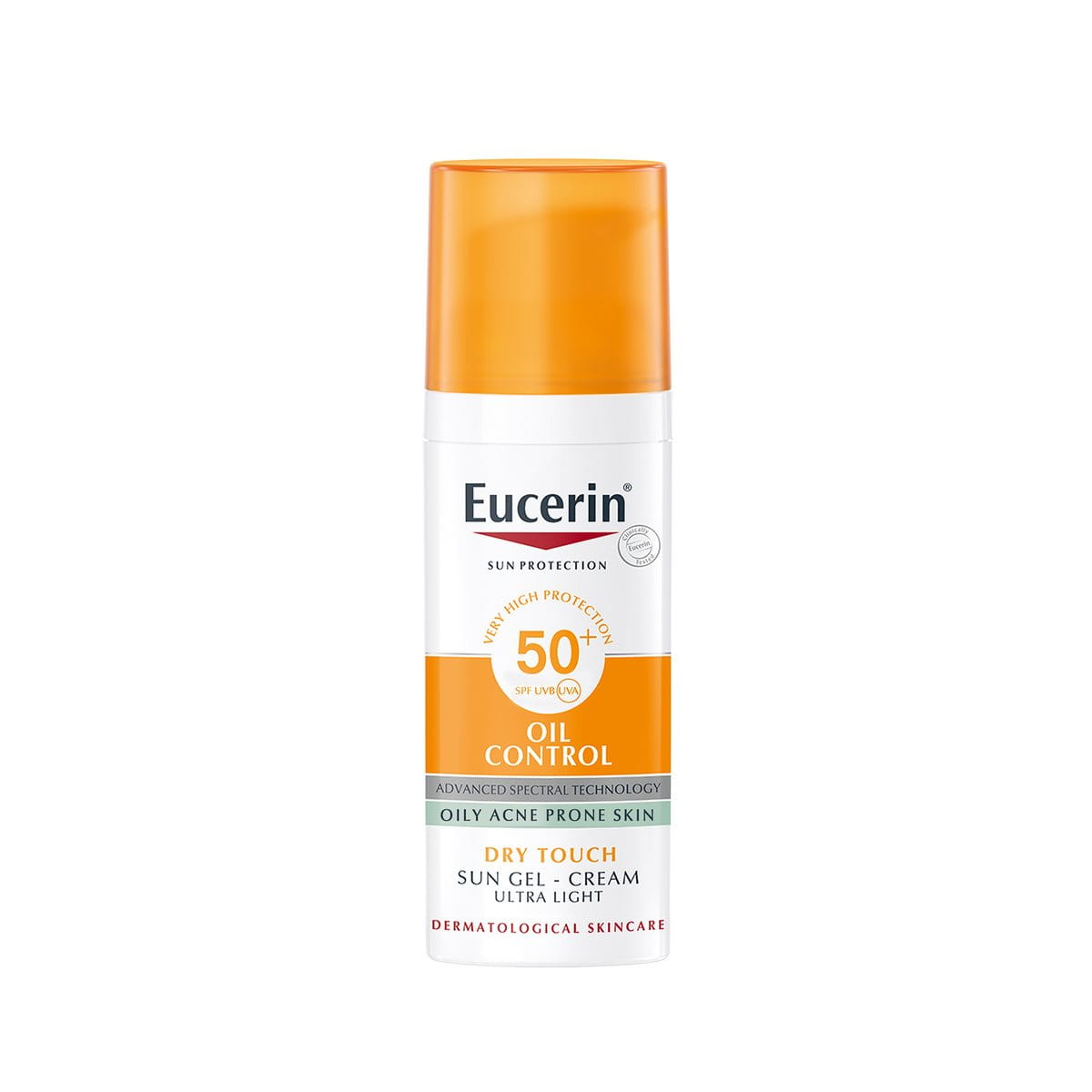Being an Indian with high skin melanin (the pigment that adds color to your skin), there are low chances of you suffering from sunburns. However, risking sunburns even once or twice can be more serious than what you make of it. To ensure year-round protection and understand the causes and cures of sunburn, read on.
Keynotes:
- Sunburn is caused by excessive UV, especially UVB, exposure and can lead to long-term skin damage, including increased cancer risk.
- Mild sunburns can heal in 3-5 days, while severe sunburns may take weeks and need medical care.
- Sunburn treatments include cold compresses, aloe vera, hydration, and avoiding further sun exposure or harsh products.
- Use a SPF 50+ broad-spectrum sunscreen to keep your skin safe from the long-term damage of sunburns.






